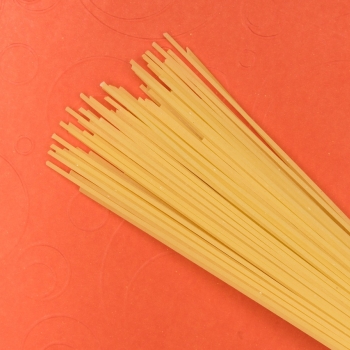Mathematical Reasoning Pilot Program challenges students to think about math differently
For the 2020-2021 school year, Switzerland of Ohio Local School District has introduced a Mathematical Reasoning program. This pilot is being taught at Swiss Hills Career Center and Beallsville High School, and it will be expanded out to the other schools in the future.
The course is year-long and uses student-centered activities to teach reasoning, problem solving, and modeling focused on basic mathematical practices while reinforcing and expanding content in number and quantity, algebra, functions, statistics, probability, and geometry.
That sounds like a lot, but the practicality is actually a lot of fun. The theme of the course is nontraditional problem solving. Instead of being given formulas, calculators, or even paper and pencil, students are asked to solve math problems through a variety of every-day-related activities. One of the first activities they were assigned was to build the largest structure possible in eighteen minutes, using twenty spaghetti noodles, a yard each of string and tape, and one marshmallow. Currently, students are trying to determine if it is cost-efficient to go to a cheaper gas station that’s out of the way, or pay a little more for a gas station along their route.
Activities such as this are engaging and practical, yet they teach a wide variety of theoretical and practical skills. “We’re trying to teach our students how to think about math in a different light than they’ve initially been taught,” says Donata Wallace, mathematics teacher at Swiss Hills Career Center. “It requires students to use investigative skills -- there’s no textbook, and instead, they learn mathematical processes through a series of activities.”
While the class has just started, Mrs. Wallace feels the students are enjoying the class -- and definitely learning. “It becomes a competition among them,” she says, “and you can watch how they explore and apply different approaches and ideas as they try to solve the problem the best way possible. We’re excited to see how they are connecting that math is necessary in the real world, and how they’re learning to apply critical thinking skills during the process.”


